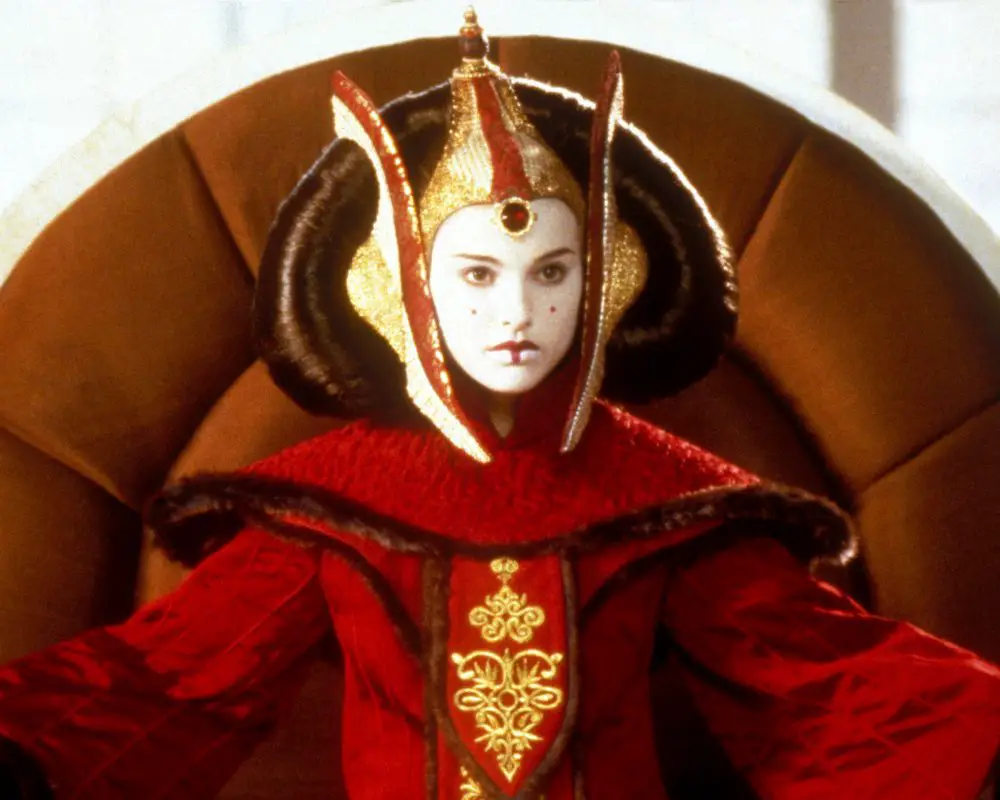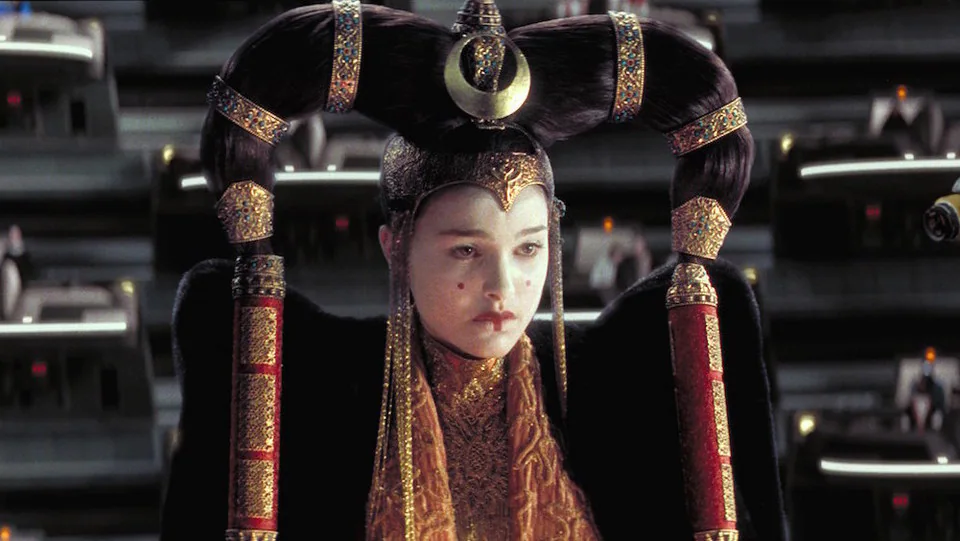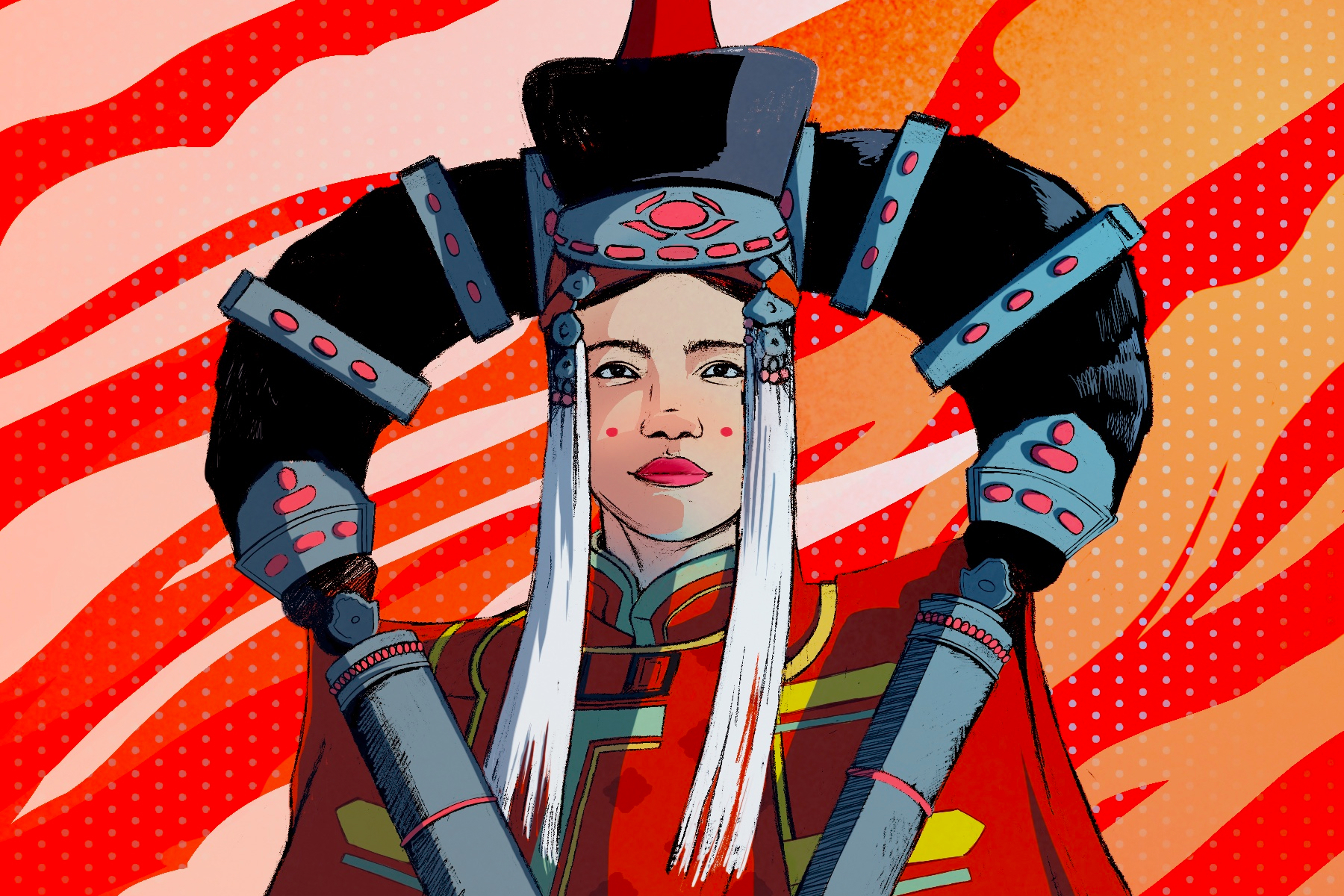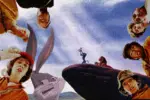What do “Star Wars,” “Titanic,” “Blade Runner” and “The Lion King” all have in common? Aside from being major blockbusters and some of the highest-grossing and iconic films in all of cinematic history, they all take major set, design and even plot details from Asian influences. Surprised? They aren’t usually mentioned in prominent movie discussions or film analyses, with critics choosing instead to praise the “innovative,” “creative” and “exotic” concepts taken from and inspired by stories from Asian cultures.
Nowadays, with the arrival of films like Marvel’s “Shang-Chi” and Disney’s “Raya” as major hits, there is an increased visibility of Asian actors and actresses, and of stories inspired by Asian cultures. However, Asian influences, critical in the making and meaning of older blockbusters, have gone unnoticed by media in the past — these are their stories.
Star Wars
“Star Wars,” a franchise built on the idea of galaxies far, far away, also builds its world (and specifically, its costumes) around Asian influences. The influence in question can be seen in the character of Padmé Amidala and her fantastic, gorgeous garments as the Queen and Senator of Naboo. Her character is one possessed with dignity, strength and royalty, and her costumes reflect that, inspired by Chinese, Korean, Japanese and Mongolian ceremonial dress.
For instance, Amidala’s throne room gown, a behemoth of red silk, black fur and inlaid gems, coupled with a resplendent headdress. Her hair, sculpted over a padded frame in a wide arch around her face, is a nod to the cow-horn hairstyles of Mongolian women, who styled their hair in place with sheep fat and accented it with jewelry and headpieces. The design for Padme’s hair is also a reference to the Mongolian tradition of “warrior queens,” who ruled the Mongol Empire next to their male counterparts.

Furthermore, when Senator Amidala beseeches the Galactic Senate on Coruscant to aid Naboo’s invasion by the Trade Federation, she wears a particularly striking sunset-colored gown and curved headdress meant to resemble the horns of a guarlara creature. Her senate gown, elaborate headgear and traditional makeup is a clear reflection of Asian influences.
The colors, the reds and golds, are hues that represent luck and wealth in Asian cultures. Naboo traditional makeup, a painted white face and the Scar of Remembrance (a red streak on lower lips), resemble the yeonji gonji, red dots painted on by brides in traditional Korean weddings, and also harkens to the striking ivory faces of Japanese geishas. The headdress, of course, is clearly from the women of the Khalka Mongols tribe, and the voluminous sleeves of Amidala’s gowns is also a common feature of the Mongolian del and Korean hanbok.

Titanic
Rose in “Titanic,” portrayed by Kate Winslet, may have been a figment of James Cameron’s mind, but the iconic floating door scene is very much real. However, it’s not based on the story of Jack Dawson or any of the characters in the movie. Rather, it’s the true story of a Cantonese survivor.
The presence of Chinese passengers on the Titanic is already surprising to people, who assume a guest list of all-white, rich tourists on their trans-Atlantic cruise. Or, they might assume that they were stowaways, like Jack Dawson in the movie. However, these Chinese passengers were paying guests, who were on their way to better their fortunes and pursue the American dream.
A documentary, titled “The Six,” chronicles the story of the six Chinese survivors of the Titanic, a story that not only chronicles their extraordinary journey, but one that shines light on issues of exclusion, discrimination and racism. Producers of “The Six” explained how in their research, they authenticated an old document scrap describing how a Cantonese survivor, Fong Wing Sun, survived by clutching onto a floating piece of wood.
But unlike the ending of the movie “Titanic,” the Chinese survivors were not received with gratitude and awe. In real life, the six arrived in 1912 in New York City on the Carpathia, the rescue ship, and were not allowed to disembark. At that time, the Chinese Exclusion Act was still in full force, and the six survivors were accused of dressing as women to gain access to the lifeboats (a reason partly due to the Qin tradition of long braids for males) and hiding in the rescue boats, despite the presence of other males in the same lifeboats. They were picked up by U.S. immigration officials and deported to the Caribbean and to other countries.
Blade Runner (1982)
The Asian influences here should be immediately apparent. The setting of “Blade Runner” drew from the burgeoning Tokyo and Hong Kong metropolises of the time, darkness kept at bay by infinite neon lights and glowing skyscrapers showing animated kanji and a geisha.
Most major discussions of the movie from critical reviews gloss over the cyberpunk setting, simply identifying it as “Oriental” or making a passing reference to the very real time in Japanese history. What makes the setting of “Blade Runner” so significant here though is that it is a visceral example of the American economic fear of the 1980s, one where Japan and Japanese products (and in turn, Japanese culture) has become dominant. In “Blade Runner,” the main character Rick Deckard eats ramen, as opposed to a more traditionally American fast food like hamburgers, indicating that Japan has, in essence, “taken over.” And despite the fact that “Blade Runner” is supposed to take place in Los Angeles, the scenes showcase a population made up of mostly East Asians, cementing the real American fear of being overtaken.
As a genre, cyberpunk, which is based on these Asian influences, has a long history with exotifying Asian cultures and countries. It forms the setting for many dystopian fiction, indicating that it is a future to be feared and avoided. Asia, and Asian cultures, are a threat. William Gibson, author of the 1984 novel “Neuromancer,” which essentially invented the cyberpunk genre, once said after visiting Japan:
“Modern Japan simply was cyberpunk. The Japanese themselves knew it and delighted in it. I remember my first glimpse of Shibuya, when one of the young Tokyo journalists who had taken me there, his face drenched with the light of a thousand media-suns – all that towering, animated crawl of commercial information – said, ‘You see? You see? It is Blade Runner town.’ And it was. It so evidently was.”
The Lion King
You may be wondering, how could the “Lion King” possibly have Asian influences? It’s set in an African savannah, and about animals of all things. There can’t be anything other than strictly African cultures and influences in this movie.
Well, you’re right, except for the fact that Disney’s “Lion King” might have been a rip-off of an earlier (1960s) Japanese animation, “Kimba the White Lion.” Even the name “Kimba” sounds pretty familiar …
“Kimba the White Lion” is the brainchild of the famous animator Osamu Tezuka, also known as Japan’s “God of Manga.” In “Kimba the White Lion,” there is no evil power-hungry uncle that leads to the death of the father lion, but rather a moral story about resources and human encroachment on wild land. Kimba is born on a ship, and when a tropical storm wrecks the boat, he learns to swim through guidance from fish, the face of his mother formed from stars in the sky, and butterflies. The show follows Kimba’s life after he returns to the wild, still a young cub, and how he learns and grows in the next year.
However, the similarities between Disney’s “The Lion King” and “Kimba the White Lion” are uncanny. Both films feature an evil lion with a black mane and a scar. There are spotted hyena henchmen, a wise mandrill primate, a friendly bird, not to mention the similarities in animation styles and several specific scenes, such as the main character standing on a rock, overlooking the other animals.
Whether or not “Kimba” and “Simba” was simply a case of coincidence or more plagiaristic, it is undeniable that the “Lion King” takes many of its iconic features from the earlier work of “Kimba.” And according to Madhavi Sunder, the author of “From Goods to a Good Life: Intellectual Property and Global Justice,” in an article with the Hollywood Reporter: “[H]ad Tezuka’s company, Tezuka Productions, pursued legal action against Lion King, the case would have been ‘very strong.’”
From science fiction to children’s animation, from past to present, Asian influences in movies have furthered plot points, contributed to the beauty of costume and set design, and created some of cinema’s most iconic scenes. It is important to recognize these influences and give proper credit to the history and work of Asian storytellers and peoples.

















